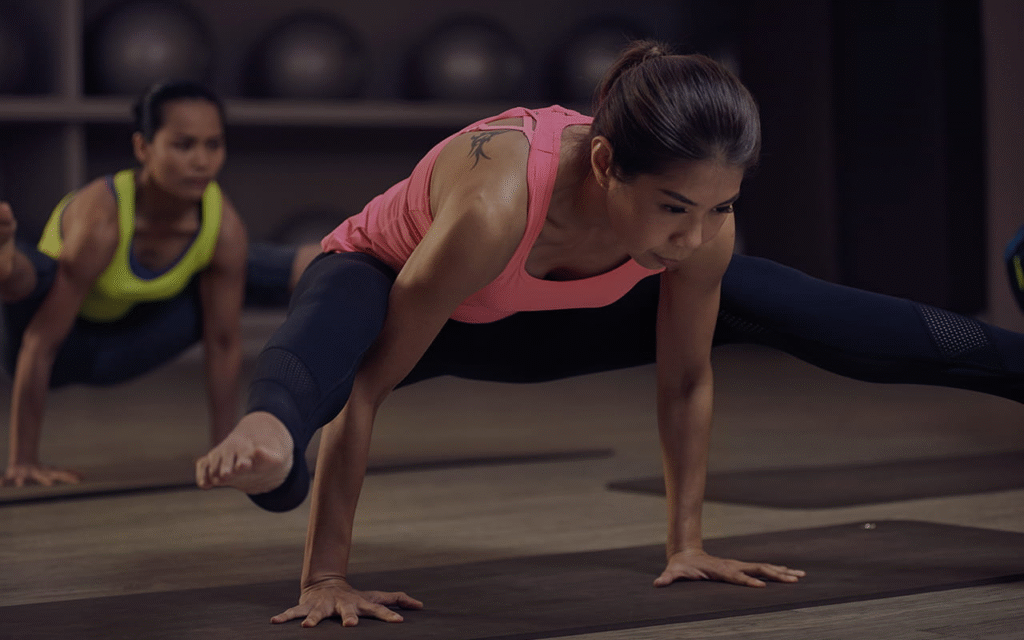Flexibility is one of the most overlooked aspects of fitness, yet it is essential for long-term health, movement efficiency, and injury prevention. A structured stretching workout plan provides the body with the tools it needs to recover, adapt, and perform at its best. By focusing on intentional stretching, you enhance posture, reduce stiffness, and open the door to more graceful movement.

The Importance of Flexibility
Flexibility impacts more than athletic performance. It influences how you sit, stand, and move throughout the day. Tight muscles can restrict range of motion, leading to imbalances and discomfort. A carefully designed better flexibility guide helps counteract these issues by elongating muscles, increasing blood flow, and releasing built-up tension.
Beyond the physical, stretching also offers psychological benefits. Slow, mindful movements paired with controlled breathing calm the nervous system and promote relaxation. It becomes both a physical and mental reset.
Structuring a Stretching Workout Plan
An effective stretching workout plan should include both dynamic and static stretches. Dynamic stretches prepare the muscles for activity by mimicking movement patterns. Static stretches, held for longer durations, improve flexibility and relaxation after activity. Combining both ensures well-rounded benefits.
A sample sequence might include:
- Arm circles and torso twists for upper body mobility.
- Leg swings and walking lunges for lower body activation.
- Static hamstring stretches to lengthen the back of the legs.
- Hip flexor stretches to counteract sitting-related tightness.
- Seated spinal twists for rotational mobility.
This blend supports strength training, cardio sessions, and daily functional activities.
Creating a Daily Routine
Consistency is the cornerstone of flexibility training. A daily stretching routine does not need to be long, but it should be consistent. Even ten to fifteen minutes each day can transform mobility over time. Morning stretches awaken the body, while evening sessions unwind accumulated tension.
One practical routine could be:
- Morning: 5 minutes of dynamic stretches to activate the body.
- Evening: 10 minutes of static holds to relax and lengthen muscles.
This simple practice supports both performance and recovery.
Improving Body Mobility
Flexibility and mobility are closely linked but not identical. Flexibility refers to the ability of muscles to lengthen, while mobility involves the range of motion at the joints. A program designed to improve body mobility should integrate stretching with controlled movements like deep squats, hip circles, and shoulder rotations. This combination ensures strength and control throughout the full range of motion.
Athletes, office workers, and older adults alike benefit from mobility-focused training. It enhances balance, coordination, and joint health while reducing the risk of strains or stiffness.
Techniques for Better Results
Stretching is most effective when approached with intention. Here are strategies that elevate results:
- Hold static stretches for at least 20 to 30 seconds.
- Breathe deeply to encourage muscles to relax.
- Avoid bouncing during stretches, as it may cause strain.
- Focus on symmetry, stretching both sides equally.
Adding tools such as yoga straps, foam rollers, or resistance bands can also enhance a better flexibility guide, allowing deeper stretches and improved alignment.
The Role of Breath and Mindfulness
Breath control amplifies the benefits of stretching. Inhaling prepares the body for movement, while exhaling helps release tension and deepen the stretch. When combined with mindfulness, stretching becomes a moving meditation. It is not just about elongating muscles, but about cultivating awareness of how the body feels and responds.
Common Mistakes to Avoid
Rushing through stretches or skipping them altogether is a common error. Another mistake is pushing too far too quickly, which can result in strain. An effective daily stretching routine emphasizes patience, allowing gradual progress over time. Stretching should never be painful. Discomfort may signal progress, but sharp pain indicates the need to stop.
Long-Term Benefits
The rewards of consistent stretching extend well beyond flexibility. Posture improves as tight muscles release. Athletic performance increases because the body moves more efficiently. Even stress levels decrease, as stretching activates the parasympathetic nervous system. By adhering to a stretching workout plan, you create a foundation for healthier joints, more fluid motion, and enhanced vitality.
Flexibility is not reserved for dancers or athletes. It is a universal requirement for better health, movement, and quality of life. A structured stretching workout plan combined with a consistent daily stretching routine provides lasting benefits for posture, performance, and peace of mind. With the guidance of a better flexibility guide, anyone can gradually extend range of motion, release tension, and truly improve body mobility. The investment of a few minutes each day leads to a body that feels freer, stronger, and more resilient over time.




More Stories
Best Home Workout Routines for Beginners
The Ultimate Guide to Effective Home Workouts